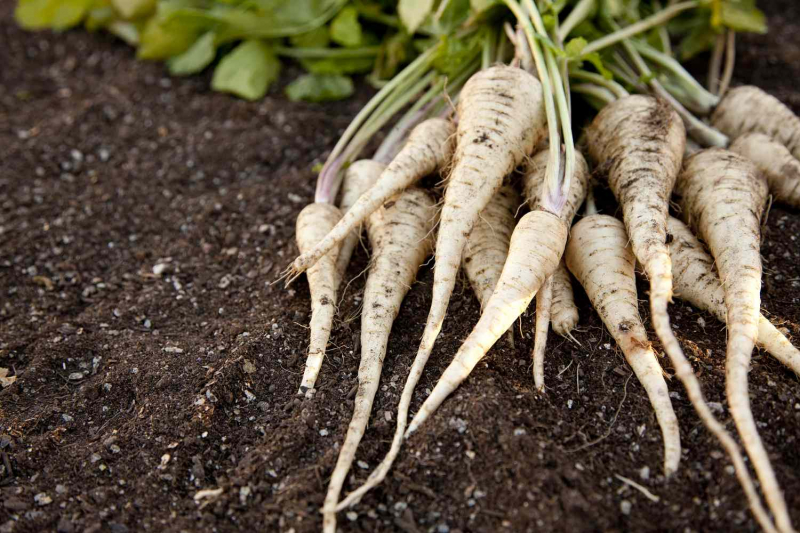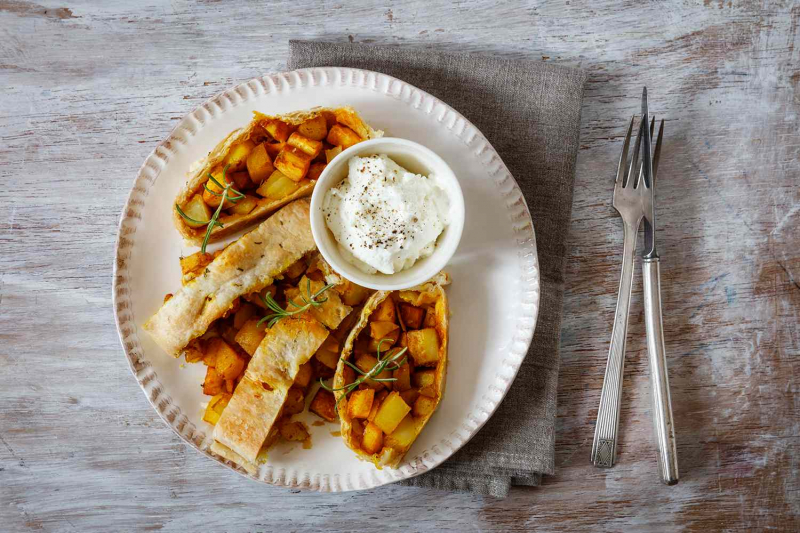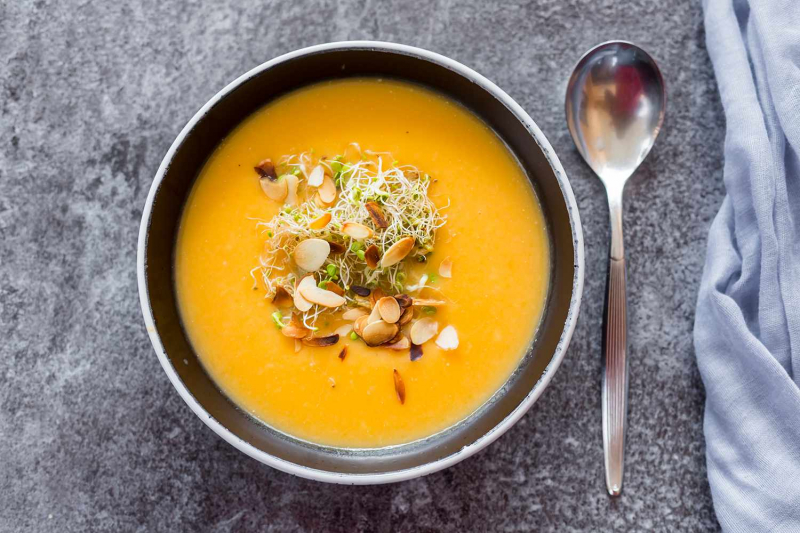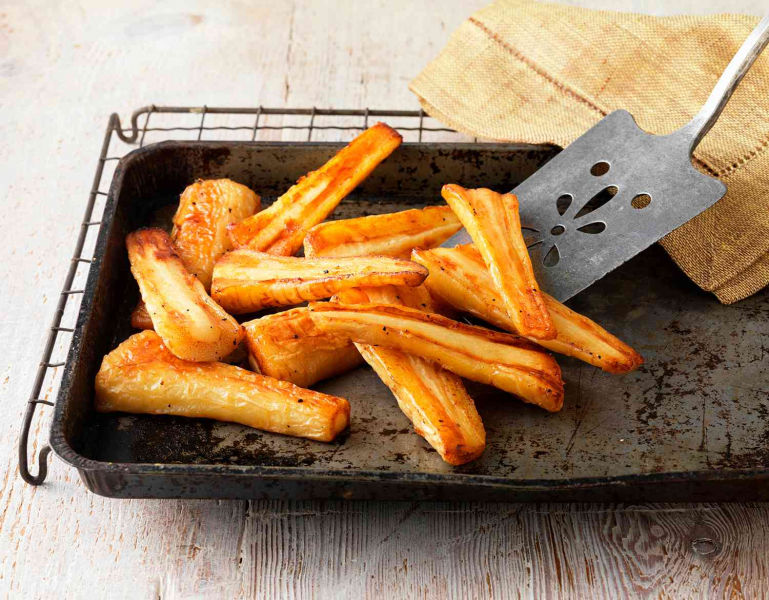A Guide to Buying, Cooking, and Storing Parsnips
Native to Eurasia, the parsnip has been cultivated since Roman times. Sometimes mistaken for a white carrot, the vegetable is similar in looks and texture but has a distinct flavor. Parsnips are harvested in the fall and winter and are a popular cold-weather veggie in parts of Europe and America. They're often considered an essential part of a British Sunday roast.
What Are Parsnips?
Parsnips are cream-colored, carrot-shaped root vegetables that are a member of the parsley family. They can be eaten raw but are often roasted, boiled, fried, or steamed. Parsnips have a thin, tan peel that is typically removed before use, revealing white flesh underneath. They are moderately priced, and tend to be cheaper while in season. Similar to carrots, they can be prepared a variety of ways but are at their sweetest when roasted.
How to Cook With Parsnips
If you are picking parsnips from your garden, be sure to wear gloves. The leaves of the parsnip plant can cause skin irritation, especially on a sunny day. The resulting rash can sometimes last for months.
Scrub parsnips well and trim the stem end before using. They can be eaten with their peel but will have a more tender, uniform texture if you take the time to peel them using a vegetable peeler. The peel can also add a bitter taste that some may find off-putting.
Bigger, more mature parsnips will have a woody core. The best way to mitigate the effect of this is to cut parsnips into quarters lengthwise and then cut out and discard the core—it is darker and easily distinguishable from the rest of the vegetable.
Peeled and trimmed younger parsnips can be used whole or chopped. One of the best ways to enjoy them is by roasting, but they can also be cooked on the stovetop or grill. The vegetable can also be fried or baked as an alternative to potato fries and potato chips.
Note that cut parsnips oxidize when exposed to air, similar to an apple. If not using right away, reduce the effect by placing cut parsnips in a bowl of water with fresh lemon juice.





What Do Parsnips Taste Like?
Parsnips have a distinct taste. They have a sweetness similar to a carrot but with an earthy nuttiness. They are even sweeter than carrots when cooked—in fact, Europeans used parsnips to make sweetener before sugarcane became widely available. The root vegetable's mild but distinct sweet flavor makes it a welcome addition to a number of dishes.
Parsnip Recipes
When cooked until tender, parsnips have a lovely, starchy texture that works beautifully roasted or added to soups and stews. Add parsnips the same way you would add carrots or potatoes to stews, knowing that they’ll have a nuttier flavor than carrots and a sweeter, more distinctive, and less starchy flavor than potatoes.
Parsnips pair particularly well with other root vegetables like potatoes, carrots, celery root, and turnips. They’re also frequently served with red meat like a pot roast or corned beef.
- Maple-Glazed Roast Turnips
- Celeriac Parsnip Soup
- Braised Oxtails With Carrots, Parsnips, and Turnips
Where to Buy Parsnips
Parsnips can sometimes be found year-round at supermarkets but are more prevalent in the fall and winter months. Look for them near the carrots with their green tops removed. Parsnips tend to be sold loose per pound, but can occasionally be found in plastic bags similar to carrots. They are especially fresh at the farmers' market during cold weather months.
Shop for very firm, relatively smooth parsnips without dark or soft spots. The tip should be pointy and firm, not shriveled.
Easy to grow at home, parsnips prefer cool weather. They take several months to mature before harvest in the late fall and can be kept in the ground and harvested throughout the winter.

How to Store Parsnips
If you don't have a root cellar, store unwashed parsnips in the refrigerator loosely wrapped in a plastic bag for up to three weeks. Check them often and plan to use them earlier, since their lifespan can depend on how fresh they were when purchased.
Cooked parsnips will keep for up to three days in an airtight container in the refrigerator. They can also be frozen for up to three months.
